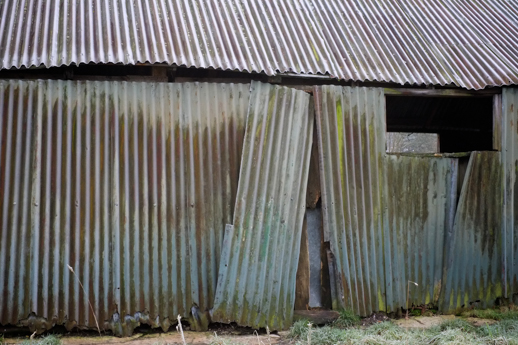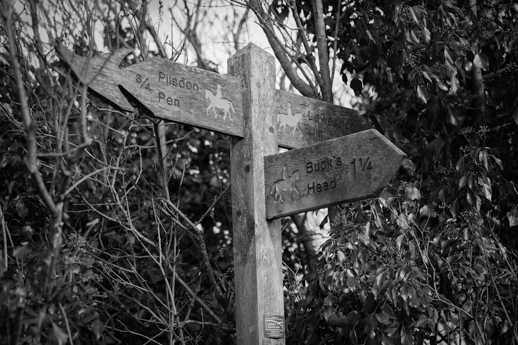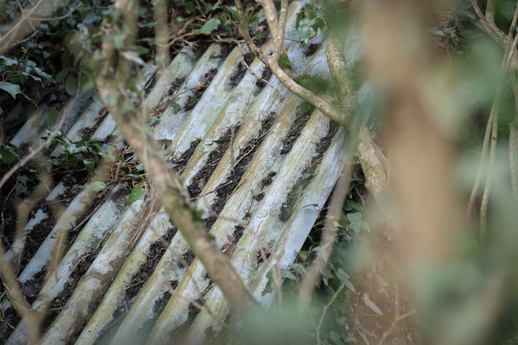Words and pictures by Malcolm Anderson.
Grief does funny things to a soul; it can bring on lethargy and a refusal to stop listening to Disintegration by the Cure or it can bring on decisive action. It seems to me that it often brings both in rapid staccato bursts. Seemingly endless periods of silence and stillness, deafening in their own menacing way, in between synapse busting bursts of frantic restlessness. Still suffering from the untimely and unlooked for death of a twenty year relationship, with her imprint in the bed still mourned over and the faint smell of her perfume around the house still triggering chest pains, I find I am filled with a deep need to act. To react. Like Roger Deakin at the beginning of Waterlog I can completely understand his need to move, to explore and expand horizons. Unlike Roger however, my son is just off ten years old and those long adventures will have to wait a while. For now there is the joy of the couple of snatched hours fishing on the banks of the ever-cathartic Nadder. There are cups of steaming tea with understanding and worried friends. There is the long walk through beech spinney and over open down, under wheeling buzzards and soaring red kites, past ancient burial mounds and startled deer. There is the five miles of stitch inducing run along the ox drove and the inevitable sweat soaked collapse back at the house. Then there is the seemingly endless journey through my memory. Time spent living in British Columbia and Chamonix, nestled in the embrace of snow capped peaks and pine clad scree. There is the endless summer where I lived in a tent in Perranporth, surfing, music and skateboarding obsessed and if I’m brutally honest, ever so slightly lonely. Mostly however I remember the Dorset of my youth.
I’ve read much about how people are shaped by the landscape that they live in and that may well be true. I’m certainly the product of a landscape that appears closed off to strangers, can shimmer or glower depending on the weather and yet be as warm and comforting to those who know it well as a hot-water bottle when the heating is broken. However, my Dorset is as much a landscape shaped by people as the other way round. There are the obvious influences such as the giant monuments to lives past like Whaddon, Pilsdon, Eggardon and Maiden Castle, fixed, immutable and silent. Then there are the imagined ephemeral echoes of footfalls on ancient roads, ghosts of dramas long forgotten, trodden into the rich Dorset soils. For me though the landscape of my youth was defined as much by the lives of local characters as by history. Shaped as much by the hands of man toiling in fields that I could see and talk to as by unknown waxwork ancestors in Dorchester museum. A landscape shaped by Aza Pinney who walked fifty cheviot sheep along ancient drove routes from the Scottish borders to Exmoor for an ITV programme in 1983. By John Simmonds drunkenly starting up his chainsaw and felling the Christmas Tree in Beaminster town centre on Christmas Eve following an argument with councilor Giles Frampton over the lack of payment for said tree. A landscape enriched by the wiry hands of Phillip Forsey up at Blagdon Farm, trousers held up by baler twine, a bill hook seemingly always to hand.
It was, and still is to some extent, a landscape of utility as much as natural beauty. The product of doughty, practical hands and minds. In the West Dorset of memory it seemed you were never more than fifty yards from a piece of the ultimate of human utilitarian items, corrugated iron. It plugged holes in gappy hedges, corralled errant sheep and covered outhouses, tractor sheds, village halls and church porches. It is a hard edged, obviously man made material and yet it suits the countryside of home so well it feels like it has grown there. It’s rippled surface reflecting those few West Dorset fields that took the plough. Seen in profile, it’s contours rise and fall like the English Channel’s autumn swells lined up across Lyme Bay. Its deeply weathered surface a patchwork of textures and colours, much like the fields themselves. The aged pieces taking on the deep red of a shepherds warning, oxidised and mottled, crumbling with the passage of time, slipping slowly into gardens of verdant green lichens and mosses.
The iron itself seems to intertwine in memory with the landscape and characters – Baler twine. Rivets. Hedgerows carefully laid by hand. Lewesdon. Bettiscombe. Sandpits. The Cross Keys. The Eight Bells. Forsey. Legg. Chubb. Hedditch. Alder. Birch. Oak. Ash.
One place and one man, both sadly long gone, stand out in this symbiotic relationship of landscape, man and material.
Percy Goddard was a giant of a man, who even in my younger days, was already ancient. Six foot two with a ramrod straight back and the piercing eyes of a goshawk; I remember him vividly as he cycled the twenty mile return trip to Bridport every week on his heavy iron bike with it’s twenty six inch frame, even though he was in his eighties. I remember him in those later years too, as we used to go in to help cook and clean for him. Mum helping in the house, me hacking at brambles and nettles in the garden. A fierce old man with a direct and proud bearing, even when housebound and robbed of his mobility and dignity. Intimidating to the very end.
Percy’s house was a small cottage, set back from a ninety-degree bend in the road as it ran through Netherhay. He had built his home by hand. Bit by bit, stone by stone; a labour of poverty, necessity and love. It had no electricity or running water, even in the late 1980’s.
Down the road towards Clapton were Percy’s workshops and to a youthful adventurer these buildings were as a flame to our moth-like minds. The main shed was a cathedral of tin, burnished a deep red by the elements, timbers blackened with age, pathways disappeared under a jungle of thorn and nettle. A magical place, our very own secret garden; long forgotten by those passing in their cars along Axe Road.
If you were careful you could squeeze under the locked doors where the rotten wood had been gnawed by mice and rats. Squeeze like toothpaste between a sandwich of splintered wood and the dusty earth. Once inside the corrugated iron structure breathed and creaked at will, it’s very nature governed by the weather. Loose sheets would clank and bang in the slightest of breeze; the ghosts of an industrial past, hysterical at the lack of work and at the indignity of once busy tools rusting slowly onto their nails. Sunlight would shine through rusted out rivet holes and broken window panes. Golden yellow tracks of nothing, capturing dust and flies in motion and freezing them for milliseconds in amber tinged space.
From inside you could tell how heavily it was raining by the sounds of the drops on the roof. Light rain meant the sound of stones thrown up at a window pane, heavy rain the rat-tat-tat of a machine gun. A storm in that space sounded like the steady thrum of an electricity sub-station, a hum that caused the air itself to vibrate.
Every inch of the walls had some form of tool or implement hanging from rusted six inch nails. Double handed lumber saws, mole traps, bill hooks, scythes, coils of barbed wire and horse leathers; all gathering dust and slowly deconstructing themselves into tiny piles of their component elements. Planks of ageing wood sat in stacks in every corner, multi-hued golden yellows and browns, smooth to the touch.
In the centre of the main space sat a large circular saw, speckled with rust spots, teeth still sharp under a layer of neglect and time. The saw was hooked up, Heath-Robinson fashion, to a series of belts and pulleys, the belts and pulleys were in turn attached to, well, nothing. The motor for the saw was a shire horse if the leathers and harnesses were anything to go by, an equine engine long since glue or supermarket ready meals; another ghost to spook young minds.
Those glorious barns and their contents were pulled down in the 1990’s. The relentless march of progress; modern faceless industrial units replacing the glory of history and decay. Concrete and asphalt replacing tin, earth and vegetation. I never found out what happened to all the contents but it is to my eternal regret that I never had a camera to physically document the living breathing industrial archaeology of the place, now disappeared, remaining only as fragmented images in my jumbled memory.


